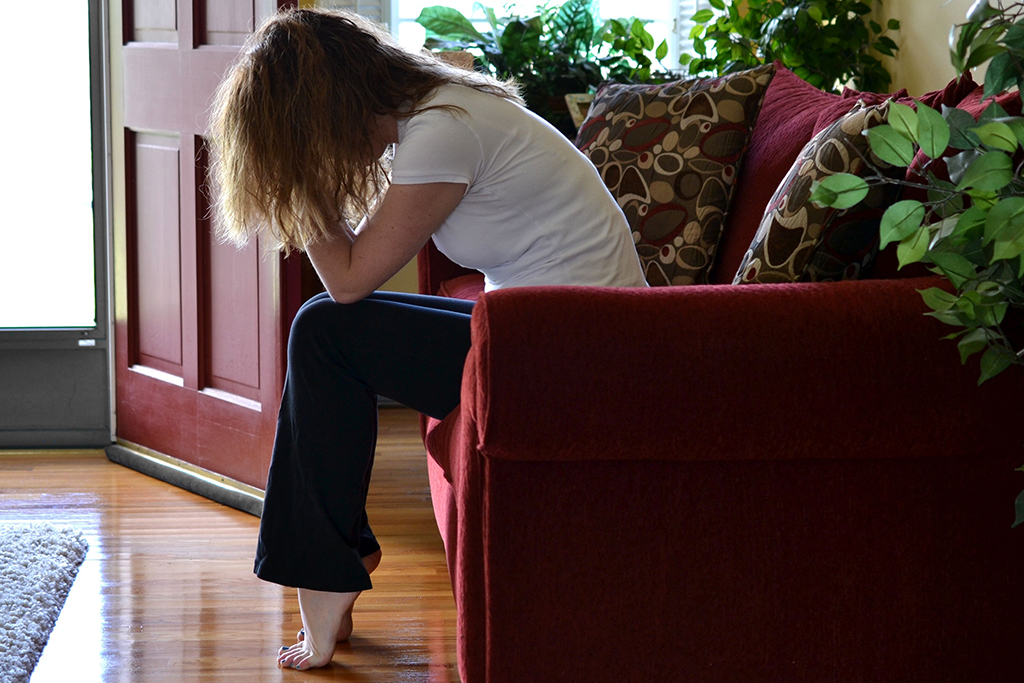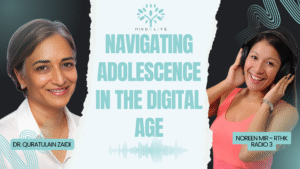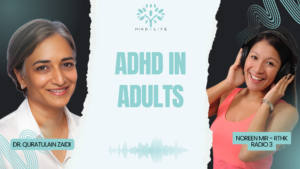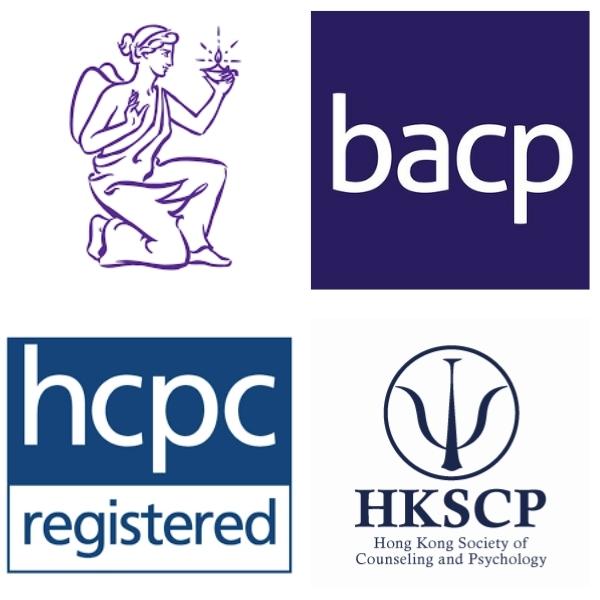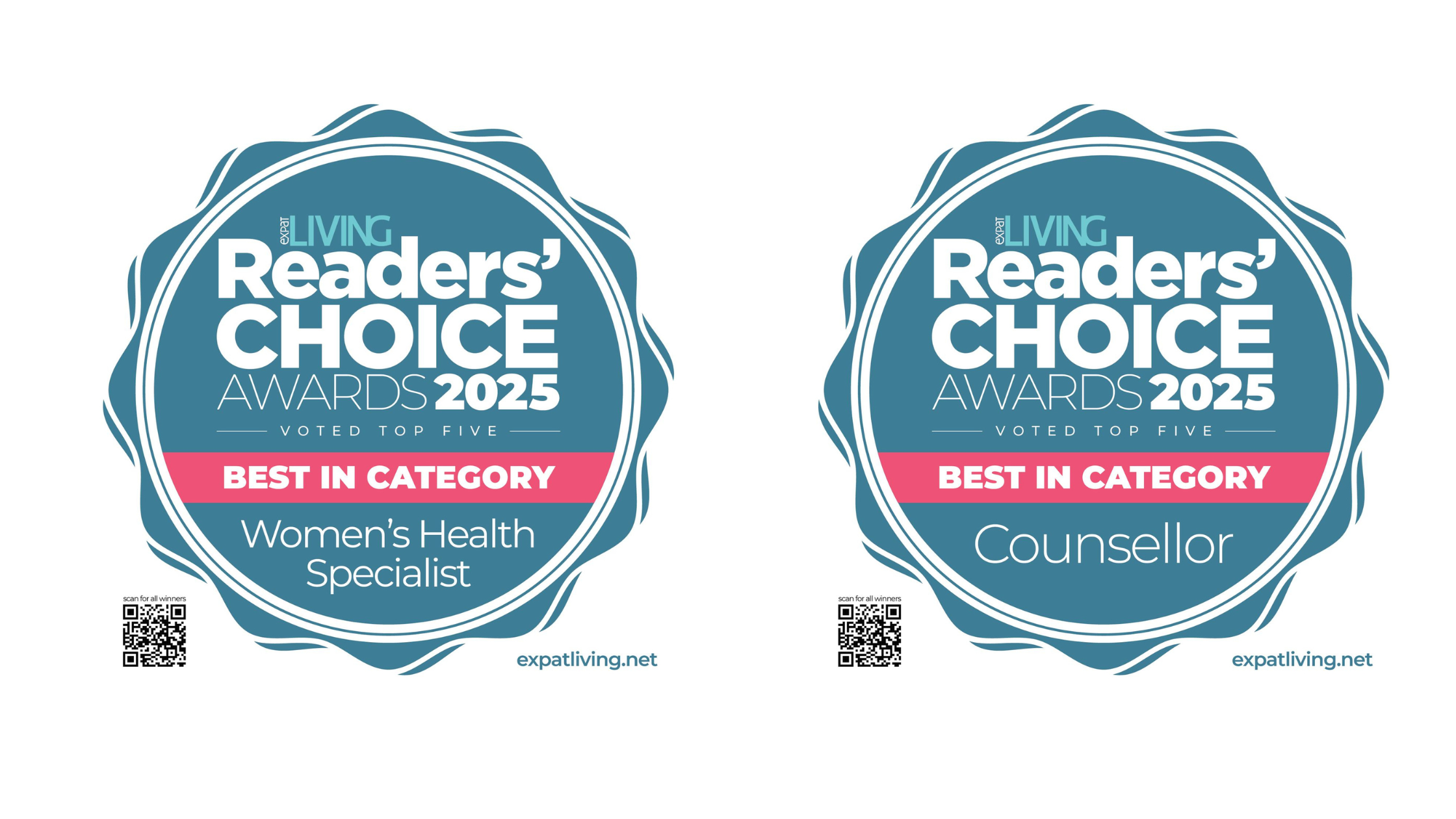Understanding Anxiety has become more and more important as the world has become far more familiar with talking about mental health (thank you global pandemic), it is important that we understand the concept of words and diagnoses that are spoken about. Many people will use the words “anxiety” and “depression” as somewhat of an umbrella term to describe a bad day. Both diagnoses are the ‘common cold’ of mental health and a lot of the time, people do experience symptoms of Anxiety and Depression, but it is important to differentiate between feeling anxious/depressed and having Anxiety.
Anxiety is currently a global phenomenon, even before Covid-19, which has since caused higher levels of anxiety – in particular health and social anxiety. The World Health Organization (WHO) has found 1 in 13 people suffer from anxiety globally. They report that anxiety disorders are the most common form of mental disorders worldwide, with specific phobia and social phobia being the most common anxiety disorders.
There is a significant difference between feeling anxious versus having a diagnosable anxiety disorder. Every day anxiety can manifest itself as rushing around the house and feeling stressed because you’re going to be late for work, or worrying about paying for bills right after you’ve lost your job. Clinical anxiety is when it starts to impact daily functioning to the point where you will no longer do activities due to anxiety; a constant worry that plagues your day, avoiding social interaction for fear of judgement, recurring nightmares or panic attacks.
Anxiety can be triggered from a whole myriad of events; unhealthy relationships, stress or physical health to name a few. The first step in treating your own anxiety is bringing awareness to it (denial will only last so long, even for the strongest of characters). Rather than trying to ignore the feelings, bringing attention to them can create an appreciation for what I sometimes refer to as the “emotional wave”. Similar to waves at the beach, we can sense feelings come in, grow, splash against the shore and then be pulled back out to the ocean. It doesn’t always feel that way though. Emotions become problematic when we get stuck in the crash and splash zone. Very often these feelings are paired with thoughts and behaviours that are costly. The trick with anxiety management, is to recognise the wave before it reaches the shore. Recognising the patterns of behaviours and thoughts, and having appropriate calming techniques, or even simply awareness, allows you to contain the wave rather than allowing it to engulf you.
There are trademark unhelpful thought patterns that typically go hand-in-hand with anxiety – catastrophising, disqualifying the positive, black and white thinking. A catastrophising thought would sound like “I didn’t do well on that report and now my work reputation is ruined. No one will want to hire me again”. Being able to reframe the thought by scanning the environment and taking a wider perspective might sound like “that wasn’t my best work and I’m not proud of that. Next time I will give myself more time so I can have work reviewed by others before I send it off”. Appreciating that there may be negative consequences to the action, but it’s not a negative life.
What is noticed a lot of the time in therapy treatment is how unaware people are of the stressors affecting them. The baseline of stress becomes so askew that some people think they are managing to cope, when in reality, their quality of life, relationships and work are suffering. A lot of the time it is much easier to recognise the anxiety in others than it is in ourselves.
Now, by no means is this to suggest that one should stage an intervention for someone else before addressing their own mental health, but rather to use others as an opportunity to reflect (and address) yourself. However, if you see someone who is suffering, reaching out in a kind and helpful manner can be exactly what that friend needs. Being mindful of how you approach the conversation and emphasizing your concern for their well-being is key.
If you feel anxious and need to talk to someone, please make an appointment with us. We offer Online therapy.

